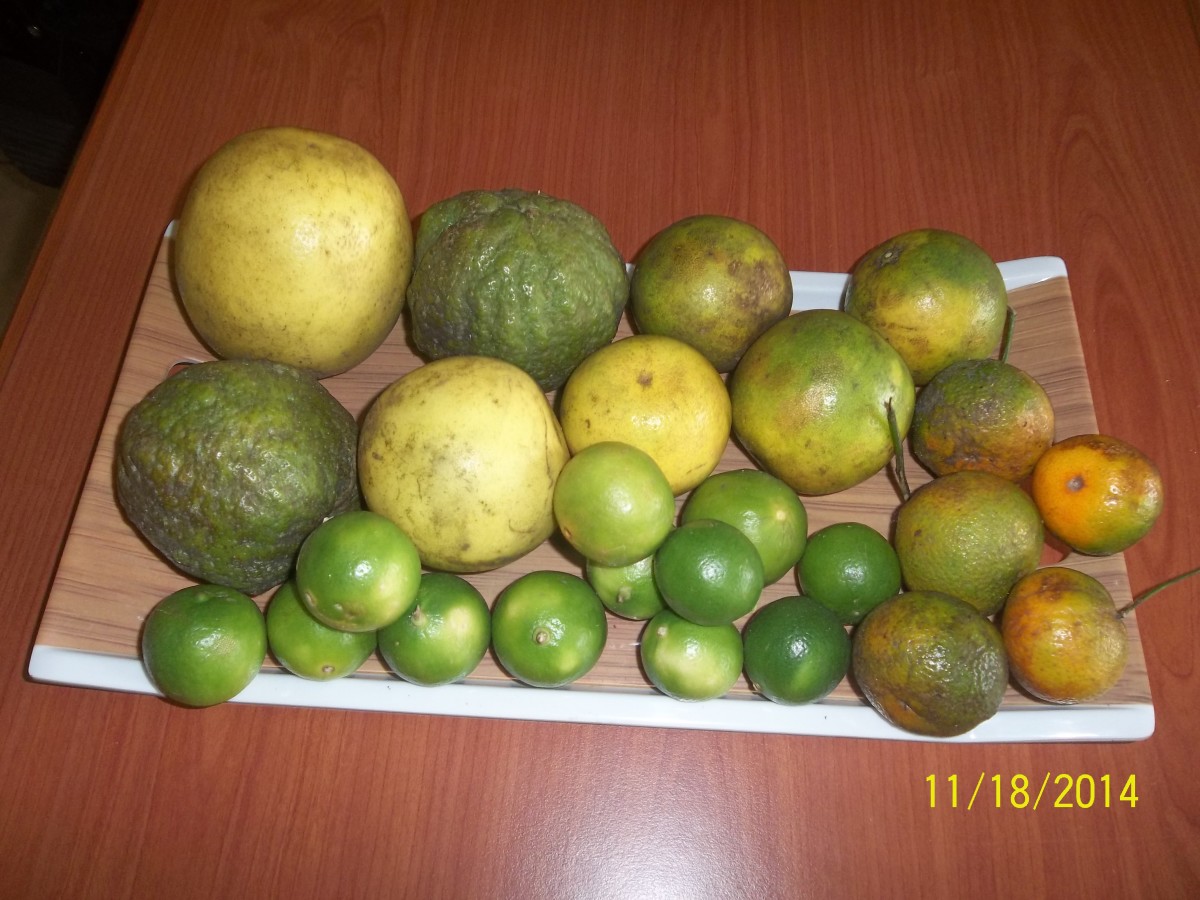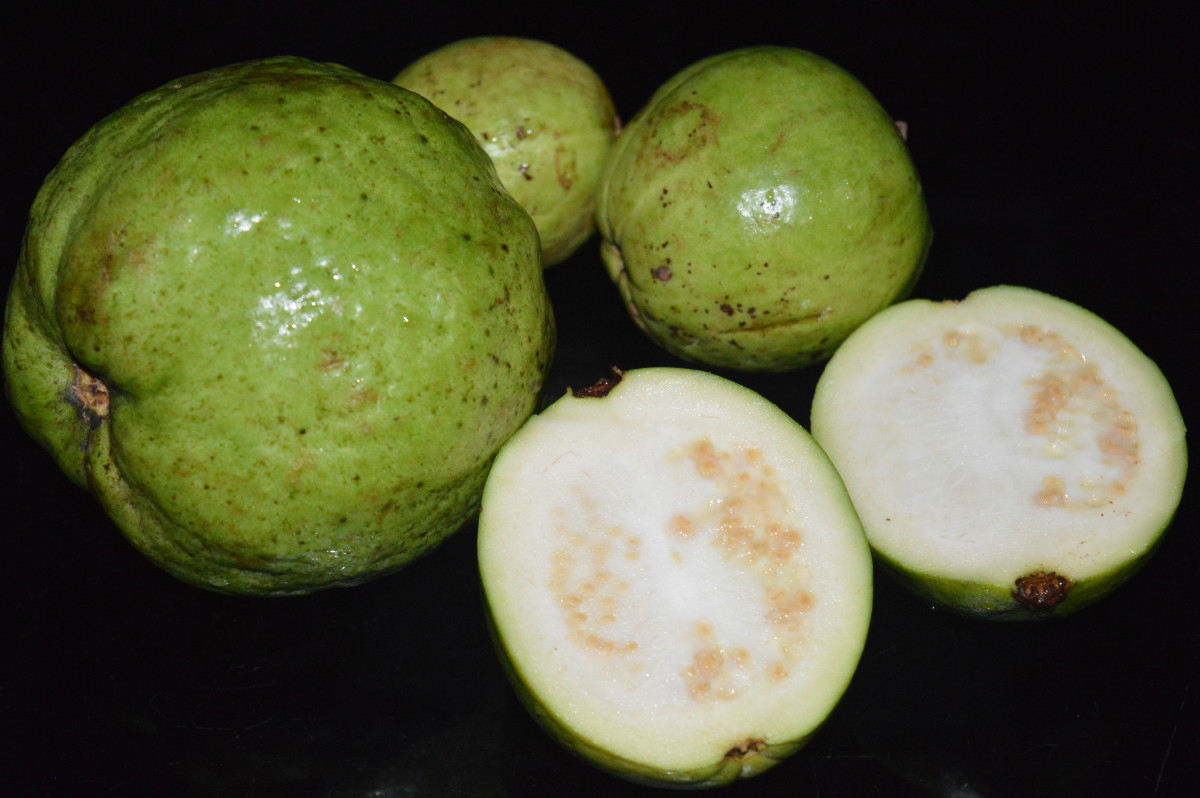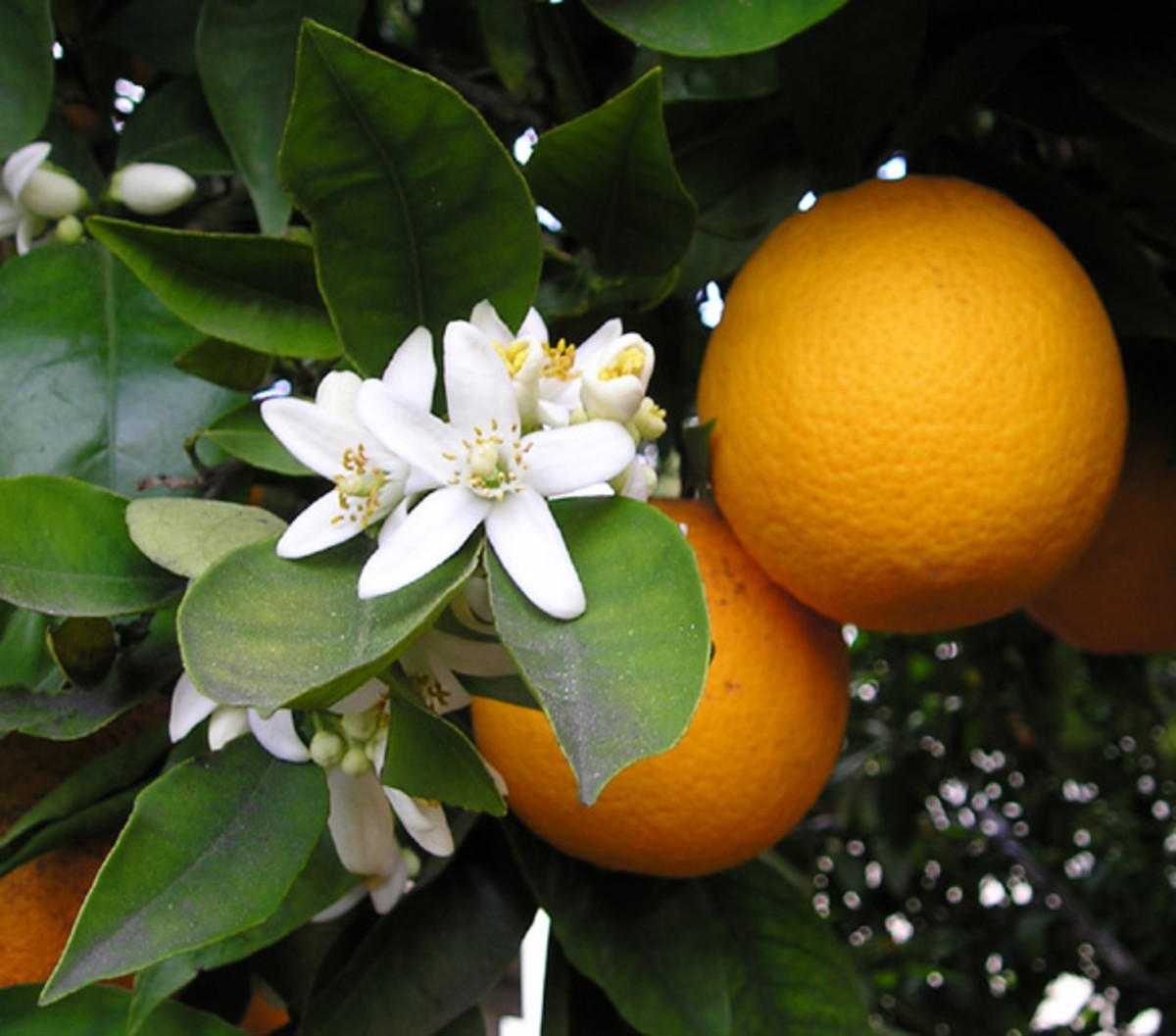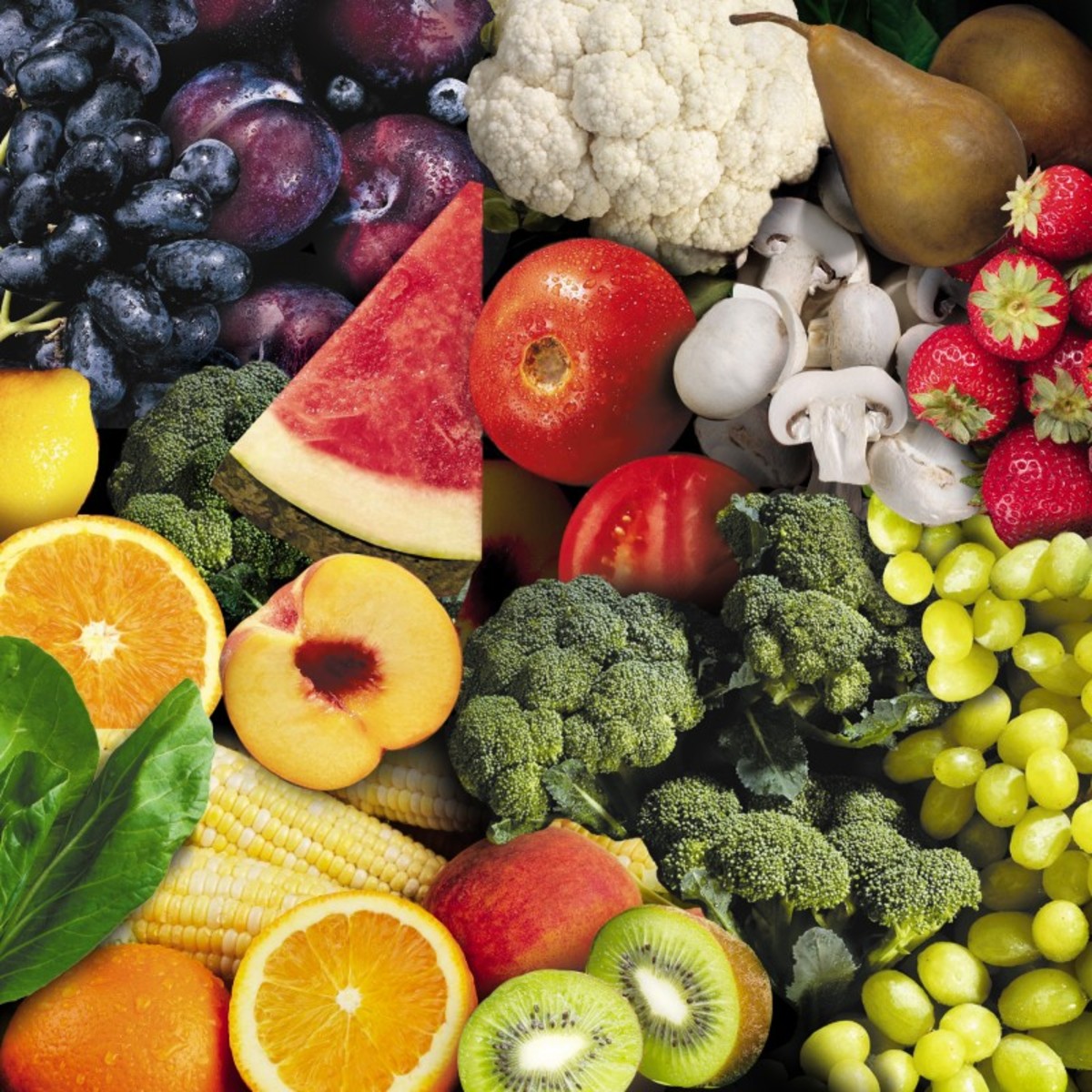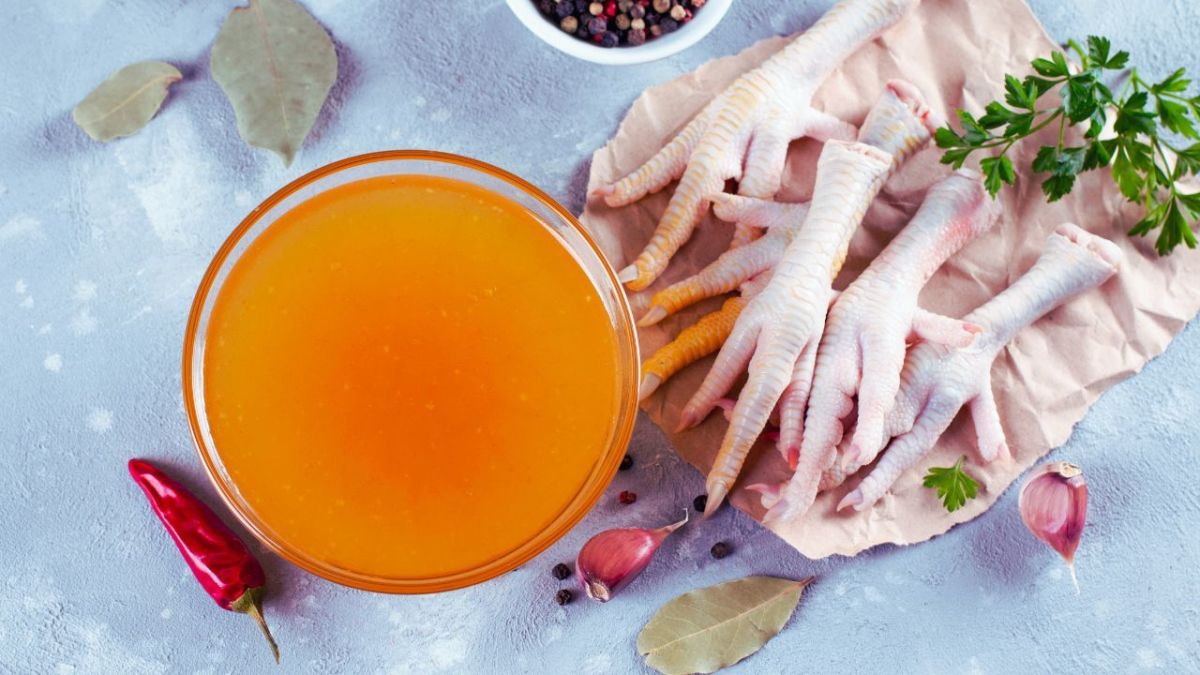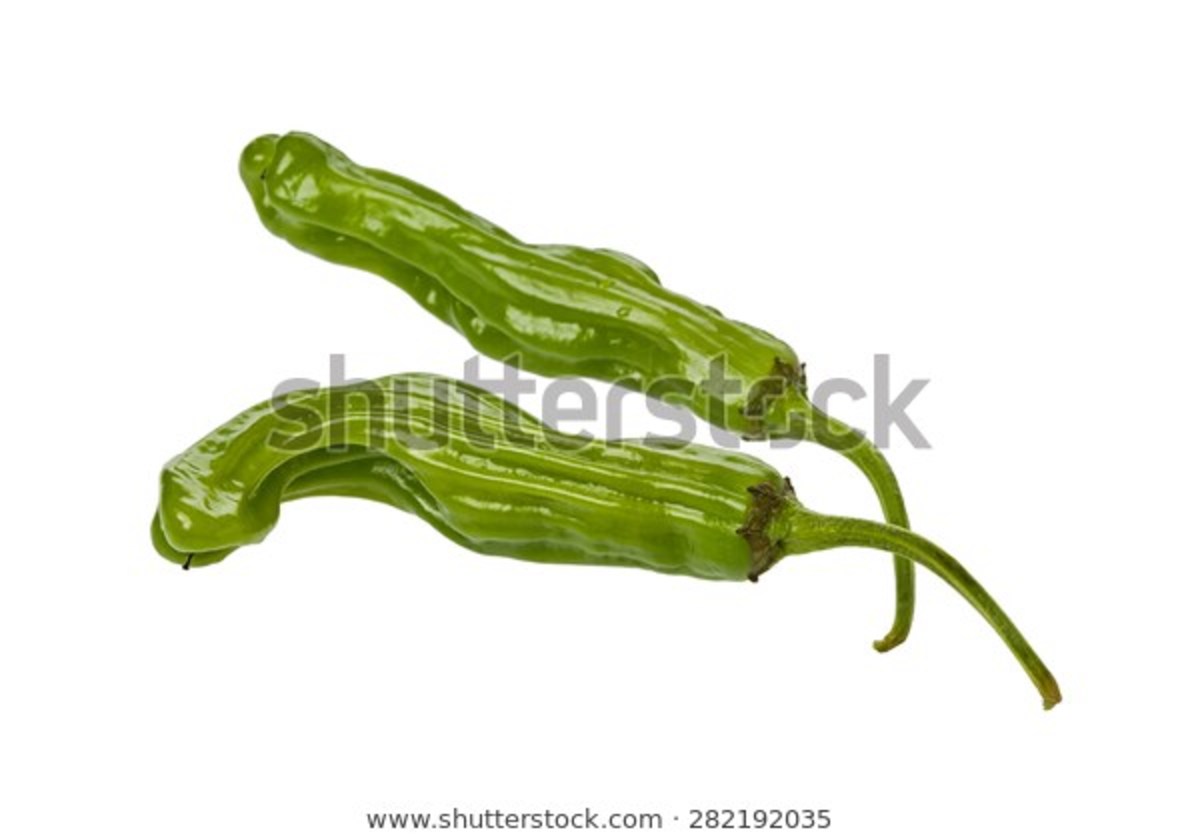Camu Camu the Superfood Berry From the Amazon
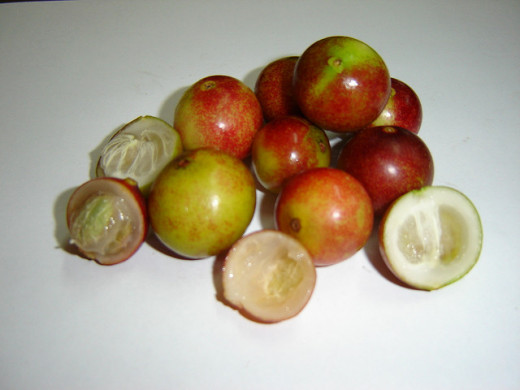
What is a Camu Camu?
You may never have heard of camu-camu as many people outside Brazil haven't. The camu-camu is an acidic fruit found in the Amazon region of Brazil.This is fast becoming the next phenomenon like acai,which went global. When driving here in Brazil, I often see hand painted signs that advertise 'camu camu'. So move over acai, camu camu is about to take your place. The fruit has one of the highest vitamin c content of any fruit. This, however is reduced as the fruit ripens. Because of its high vitamin C, it is often mixed with other fruit juices or made into ice creams.
Health Benefits of Camu Camu
The camu camu contains extremely high amounts of vitamin C. Comparing this to an orange, camu camu has 30 times more vitamin C, 10 times more iron, 3 times more niacin, 2 times more riboflavin and 50% more phosphorus.
Vitamin C isn't only to ward off colds, it also helps to support the brain and nervous system and improve the skin. Vitamin C also enhances blood circulation, lowers cholesterol levels, helps decrease the incidence of blood clots in veins and strengthens the blood vessel walls.
Currently camu camu is being exported to countries around the world, with Japan being the biggest consumer of the powder, frozen pulp and fruit juice.
How to consume camu camu
Normally it is consumed in the form of juices . Where it is grown locally it is used in ice creams, drinks and gelatin. Often this will be mixed with other stronger flavored juices to increase their Vitamin C content. These would include lemon, and passion fruit.
It can also be sprinkled in powder form over your food or with syrup to make it more palatable.

How do you get your vitamin C
The small trees or bushes are grown in the Amazon region. The trees are grown near riverbanks and during the wet season the area near the trees will flood. They are submerged in water for perhaps 4-5 months. It is at this time that the tree fruits. This means the fruit must be harvested in canoes. The pickers will load their canoes with the berries to return to shore for their buyer.
How to grow Camu Camu
Camu Camu likes hot moist tropical areas. It is grown from seed, which should be take from healthy trees that are actively producing fruit. It is best to plant from seeds that are at the same age. This will ensure you begin with more uniform germination.
After picking, wash the fruit and extract the seed. This should be planted quickly so it doesn't lose moisture. If this isn't possible, they should be soaked in water that contains bleach. 1:4 ratio, one part bleach to 4 parts water. After this, dry them for 24 hours. Apply a fungicide and place in a plastic bag at room temperature. The seeds can be kept for approx 6 months like this.The seeds should be checked often and any that look like they are beginning to rot should be discarded.
When ready, the seeds can be started in a seed tray and moved when they reach about 3 inches. This should be to a small growing bag with fertile compost. These can be grown until 8 months old and then transferred to the orchard. Dig your hole 18 inches deep and the same across. Your trees should be spaced 16 feet apart. This allows not only for the spread, but also easier harvesting.
Harvesting Camu Camu
The harvesting of camu camu is done by hand 2 or 3 times per week. In the Amazon region , where camu camu is growing wild it is done by canoe. The tree will begin producing after 3 years of being planted in the orchard.
If the fruit is going to be eaten straight away, the fruit can be harvested when it is ripe. It has less vitamin C at this point however. If it is going to be transported or shipped somewhere, it needs to be harvested whilst green. This will ensure the fruit will not become crushed on the journey.
With the previous mentioned planting regime, one can expect to harvest 10 tons of fruit per acre. This is a labor intensive fruit as harvesting is done frequently. The fruit should be packed in uncrushable containers as even the green fruit could become damaged. If you are going to command a high price, the fruit needs to arrive in perfect condition.
How to Extract the Pulp from Camu Camu
It is impossible to use a blender or a juicer with the fruit. A depulper is necessary. This is a machine that in essence rubs the pulp away from the seeds. This is also a process used for cherries and coffee beans as well.
Locally it may be done by rubbing between the hands or by pressing it into a sieve or colander with the back of a wooden spoon. This will break the skin, releasing all the juice with the seeds and the skin remaining in the colander. If the seeds or the skin were to remain in the juice, it would leave a bitter taste.
This pulp should be frozen straight away if not used immediately. If left to stand at room temperature, it could begin to ferment and spoil.
Reasearch into the CAMU CAMU
In 1980 The National Institute of Amazonian Research began studying the fruit as a potential money crop. Several studies have been developed regarding how to grow it, the correct conditions needed, processing and the ripening of the fruit. This research is intended to generate income for the local community and also improving the diet of local population.
- How to make passion fruit juice
One of the most refreshing juices you can drink. Find out just how easy it is to make passion fruit juice. Once you try this tropical juice, you will be hooked. - Soursop/Graviola juice.
Much has been reported about the possible cancer curing effects of the Brazilian graviola. Specifically for types of breast and colon cancer resistant to current chemotherapy drugs.
© 2012 Mary Wickison

